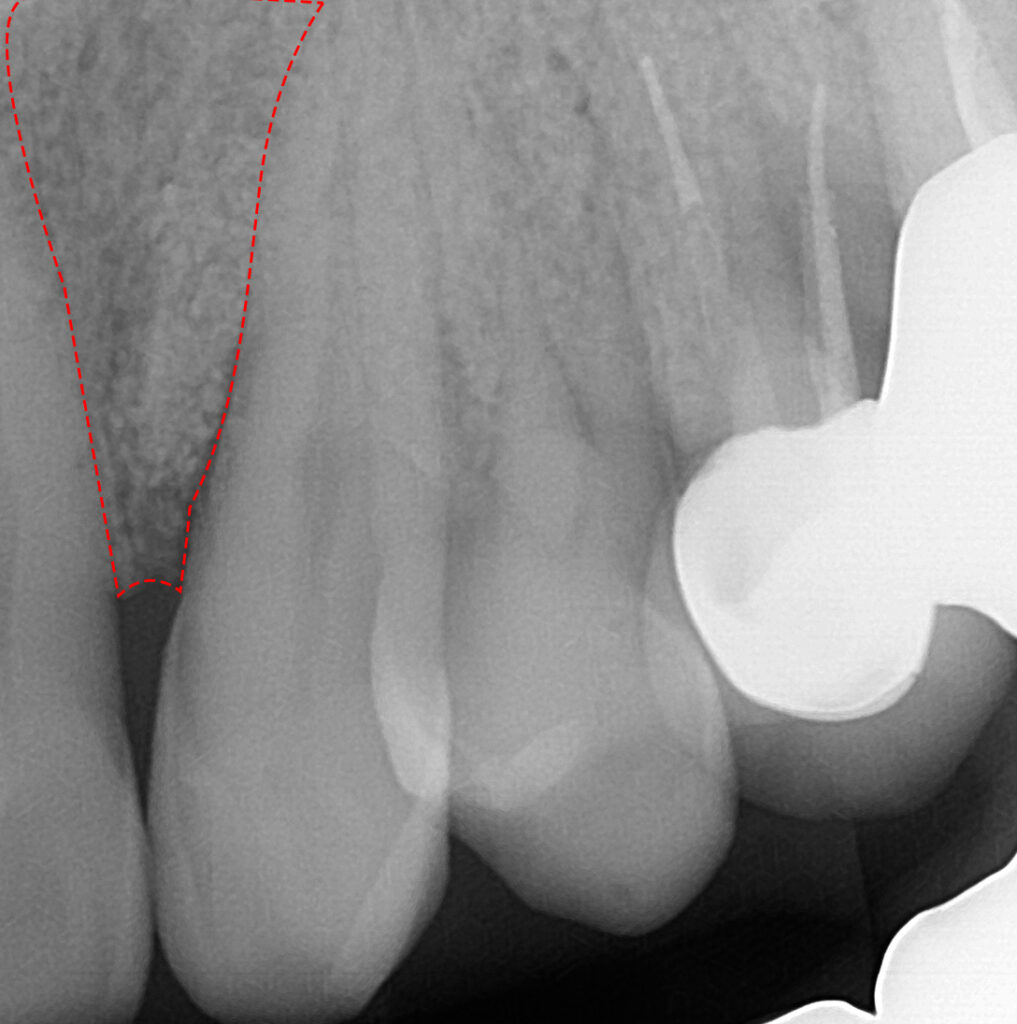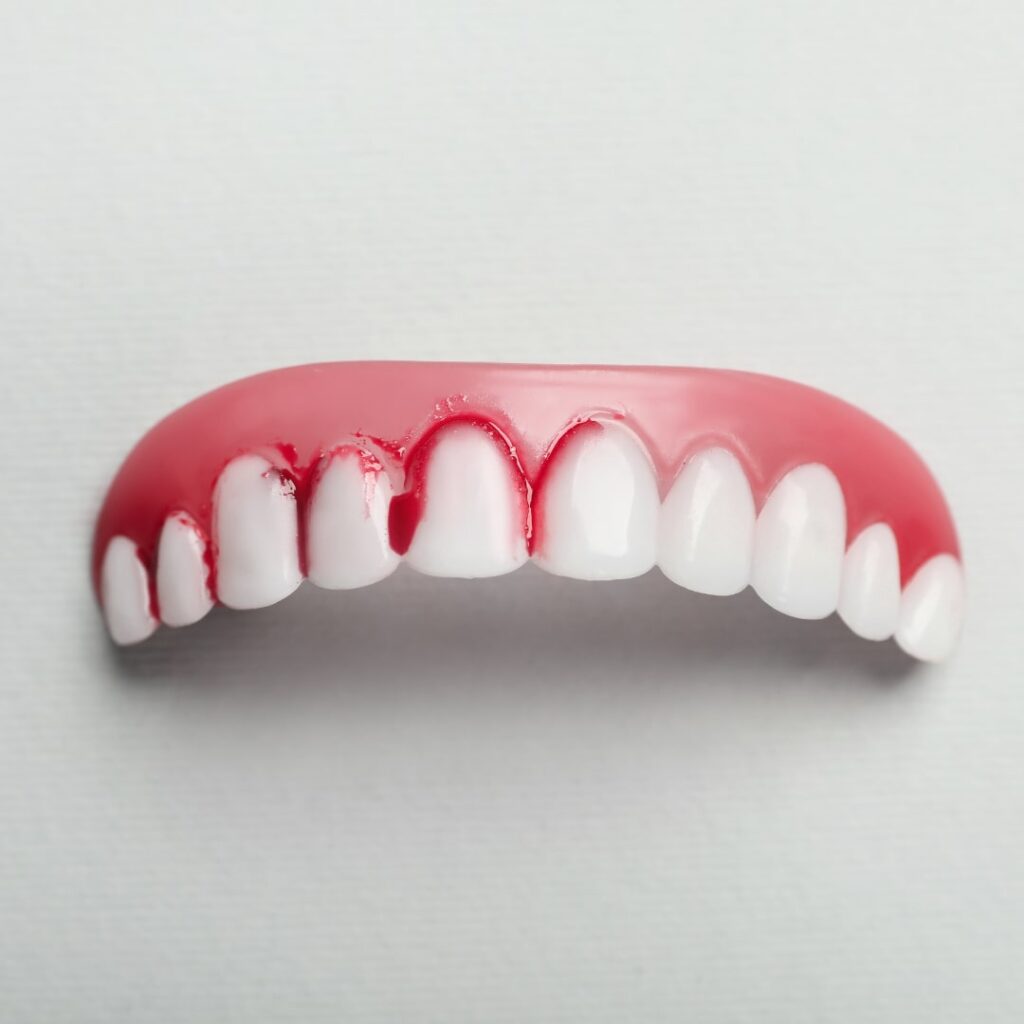Gentle Gum Disease Treatment – Restore Your Gum Health Without the Worry
Gum disease can be a worrying diagnosis, but you don’t have to face it alone. We understand that the idea of treatment can feel overwhelming, especially if you’re concerned about pain or the severity of the condition. Our approach to treating gum disease is gentle, effective, and focused on your comfort and long-term health. We’re here to make the process as stress-free as possible, ensuring you feel supported every step of the way.
Book Your Appointment
You can use the form below and we will get back to you as soon as possible.
Gum Disease Treatment – Healing Your Gums, Step by Step
Gum disease can feel scary, but with the right treatment and care, your gums can heal and your smile can be restored. We’re here to make sure the process is gentle, effective, and reassuring every step of the way. Let us help you take control of your gum health and enjoy a future with a strong, healthy smile—without the stress or worry.

Step 1: Thorough Evaluation and Personalized Treatment Plan
The first step is understanding the health of your gums and what’s causing the problem. We’ll take the time to listen to your concerns, explain your options, and create a treatment plan tailored specifically to you.
What to expect: A gentle exam where we assess your gums for signs of inflammation, infection, or recession. We may also take X-rays to check for any underlying issues. Whether you’re dealing with early-stage gingivitis or more advanced periodontitis, we’ll make sure you understand what’s happening and how we can fix it—without rushing or overwhelming you.

Step 2: Deep Cleaning (Scaling and Root Planing) – Comfortable and Effective
The cornerstone of gum disease treatment is a deep cleaning process called scaling and root planing. While the term may sound intimidating, we go to great lengths to ensure that it’s a comfortable experience.
What to expect: A local anesthetic will numb the area, so you won’t feel discomfort during the procedure. We’ll gently remove plaque and tartar from below the gumline, cleaning out the pockets where bacteria thrive. Then, we’ll smooth the tooth roots to help your gums heal and reattach. Most patients find the procedure much easier than they expected and feel relief knowing their gums are on the path to recovery.

Step 3: Healing and Maintenance – We’re With You for the Long Term
After your initial treatment, the healing process begins. We’ll guide you on how to care for your gums at home and schedule follow-up visits to ensure your gums are getting stronger and healthier.
What to expect: Some mild sensitivity or tenderness is normal, but it will pass as your gums heal. We’ll provide you with personalized aftercare instructions, including how to maintain your gum health moving forward. You’ll also have regular check-ups to monitor progress and make sure the disease stays under control.

When is gum disease treatment needed?

Bleeding or swollen gums: Early-stage gum disease (gingivitis) is often indicated by red, swollen, or bleeding gums, especially during brushing or flossing. Treatment is recommended to stop the progression and restore gum health before it worsens.
Receding gums: Gum recession, where the gums pull back from the teeth, can expose tooth roots and lead to sensitivity, decay, or tooth loss. Treatment helps to halt recession and, in some cases, restore lost tissue through gum grafting or other procedures.
Chronic bad breath (halitosis): Persistent bad breath can be a sign of gum disease caused by bacterial buildup in the mouth. Treating gum disease eliminates this bacterial source, improving both gum health and breath.

Loose or shifting teeth: In advanced stages of gum disease (periodontitis), the gums and bone supporting the teeth can weaken, causing teeth to become loose or shift. Treatment is recommended to prevent further damage and potential tooth loss.
Pockets between teeth and gums: Periodontal disease can create deep pockets between the teeth and gums, where bacteria accumulate and cause infection. Scaling and root planing (deep cleaning) or other treatments are used to reduce these pockets and promote healing.
Bone loss due to gum disease: Advanced gum disease can result in bone loss around the teeth, leading to an increased risk of tooth loss. Treatment helps stop or slow down bone loss, often involving more intensive procedures such as bone grafting or guided tissue regeneration.

To prevent tooth loss: Gum disease is a leading cause of adult tooth loss. Treating gum disease early can save teeth and prevent the need for more invasive treatments like implants or dentures.
Maintenance of overall health: Gum disease has been linked to systemic health issues such as heart disease, diabetes, and respiratory problems. Treating gum disease helps reduce the risk of these conditions and promotes better overall health.
Dentists recommend gum disease treatment to stop the progression of the disease, restore healthy gums, and prevent further complications like tooth loss or bone damage. Early treatment is key to maintaining both oral and overall health, ensuring a healthier smile and better well-being.
Our Work


